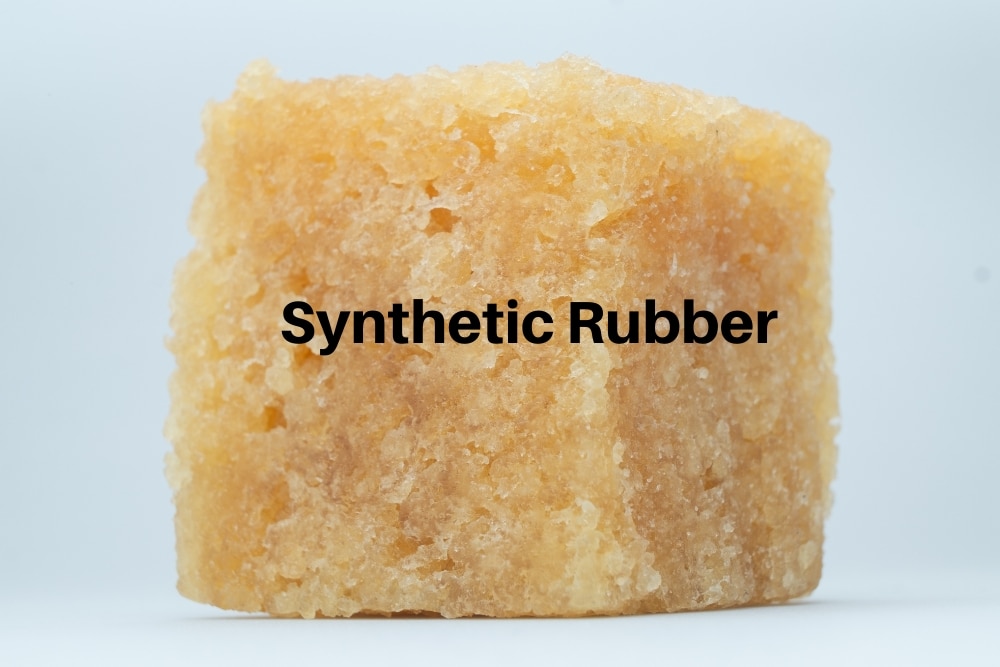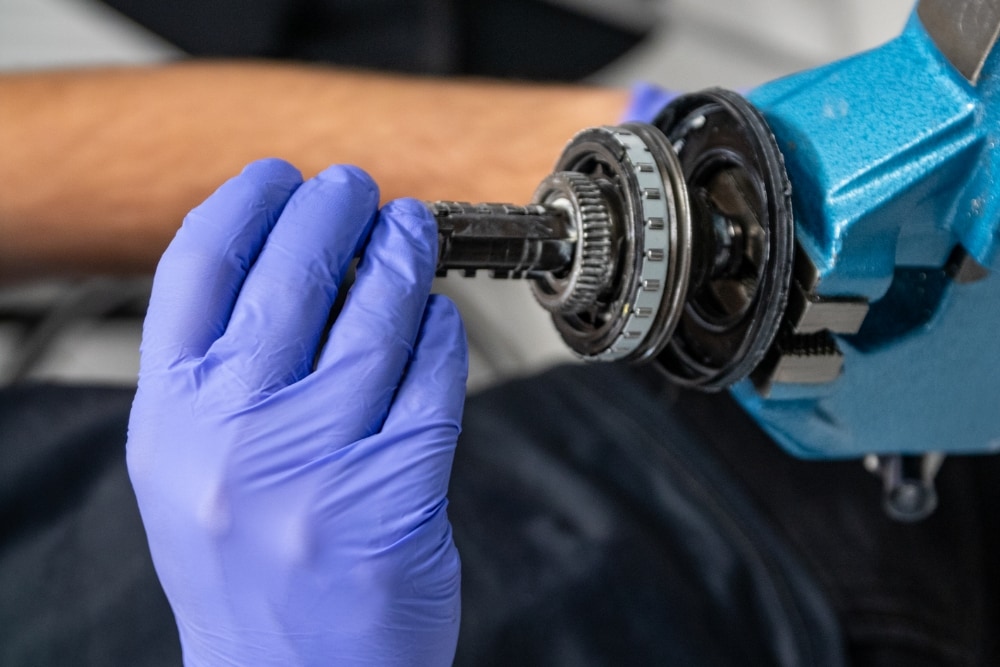What is a Nitrile Glove? This is a guide on what they are and their uses.
Nitrile gloves are made from nitrile rubber, which is one of the most popular compounds used in the production of plastics. Nitrile gloves are composed of three different parts: latex base, synthetic rubber layer, and an inner layer made from nitrile rubber. The synthetic portion of nitrile gloves are usually polyurethane or polyethylene which are more durable than the latex part.
What Are Nitrile Exam Gloves and Why Use Them?
Nitrile gloves are used by professionals and the general public alike. They’re used for everything from food preparation to gardening, and can withstand harsh environments and chemicals. Learn more about nitrile gloves and their uses in this article.
what are nitrile gloves made of
Nitrile gloves are gloves made of nitrile, which is a synthetic polymer blend. They are usually used in an industrial setting, but can be used for other purposes as well. Nitrile gloves have a very high level of resistance to chemicals, heat, and oil. They are also resistant to many oils, including vegetable oil and petroleum. This makes them ideal for the protection of the user’s hands and arms from exposure to harmful substances in industrial settings. Nitrile gloves can be used by anyone who needs good chemical resistance, but is not allergic to latex.
Many people suffer from latex allergies. Nitrile gloves are preferred because they are made of synthetic rubber. Nitrile gloves are less likely to cause an allergic reaction in people who have latex allergies. This is because nitrile gloves are made of synthetic rubber, which does not contain latex. In addition to being less likely to cause an allergic reaction, nitrile gloves can also be more durable than latex.
Nitrile gloves are made by lots of different companies over the years through many experiments with glove materials that can be used in making them softer and more comfortable for wearer’s hands.
Nitrile and latex gloves used to be different in how you felt when they were on your hands. However, glove material is closing the gap with latex in terms of comfort and dexterity. It’s much better now that it used to be when latex was popular.
What Chemicals Are In Nitrile Gloves?
There are two types of synthetic copolymers, nitrile and acrylonitrile. Acrylonitrile and butadiene are both combined to form nitrile. Since nitrile gloves first appeared on the market, they were so expensive compared to latex gloves because there was an extra processing step in the gloves making process. As a result of technological advancements, nitrile gloves can now be manufactured in a more cost-effective manner than ever before. In essence, latex gloves appear to now be more affordable than nitrile gloves. Furthermore, nitrile gloves do not have the same allergy risk as latex gloves.
Why you use nitrile gloves?
You should use nitrile gloves because of their many benefits:
Durability: Nitrile gloves are able to withstand punctures and cuts from sharp objects. This means that nitrile is a durable glove material.
Chemical resistance: Nitrile is resistant to most chemicals, making it ideal for medical applications where your hands may come in contact with harmful chemicals.
Hypoallergenic: Nitrile gloves are chemical resistant and thus hypoallergenic, which means that they do not cause the same allergic reactions as latex or natural rubber gloves.
Softness/Durability: Nitrile is much softer than latex, which makes it ideal for people with sensitive skin.
Puncture Resistance: Nitrile is resistant to punctures. This means that you can use nitrile gloves in situations where you need protection from sharp objects.
Sensitivity/Response: Nitrile has a much higher sensitivity than latex, which makes it ideal for people with sensitive skin or who need to feel the shape of their hand when performing delicate tasks.
Non-toxic: Nitrile is a much safer glove material than latex, which makes it ideal for use in medical settings where your hands may come in contact with harmful chemicals.
Flexibility: Nitrile is much more flexible than latex, which makes it ideal for people with arthritis or other joint issues.
No Allergies: Nitrile gloves are not allergenic. This means that they do not cause the same allergic reactions as latex or natural rubber gloves.
How Did Nitrile Gloves Come About?
Johns Hopkins Hospital opened its doors in May 1889. William Stewart Halstead was the first chief surgeon at Johns Hopkins Medicine and one of the four founding doctors. A few of these new procedures worked to remove hernias and gallstones. Thanks to his precision and cleanliness, Halstead also invented the first surgical glove.
Halstead’s wife got a rash from handling chemicals for surgery, so Goodyear Rubber Co. created rubber gloves for her. The gloves were a hit, and more pairs arrived. Soon after, everyone started wearing them at Halstead. For them, dexterity was more important than hygiene.
Surgical gloves were sterilized by Joseph Lister in 1894. The year had 50% of surgical deaths. Some of these deaths were caused by surgeons not washing their hands after surgery or exams.
The company Ansell, which made surgical gloves from 1941 to the late 1960s, made all of its funding count. It was the first disposable glove company. It sterilized gloves with Gamma radiation.
Bloodborne Pathogens Standard, published by OSHA on March 27, 1992, was well received. Meanwhile, OHSA adopted a rule mandating protective clothing for staff working in health care facilities. OSHA’s standard requires workers to wear personal protective equipment, including disposable gloves.
Nitrile gloves have been around since the 1990s. Unlike acryliconitrile and butadiene gloves, these gloves are chemical resistant. The gloves were great to use as gloves when patients were allergic to latex or in medical settings whenever latex was present.
As manufacturers saw the potential of nitrile, they started to use it in medical applications. Nitrile is more popular than latex, but it does not offer any significant advantages over natural rubber. Chemical resistance was the product’s intended use.
Nitrile Gloves are for Many Industries and Applications.
Base on many reasons, nitrile gloves are used in many industries and applications as follows:
- Medical, Pharmaceuticals, Nursing Homes/Skilled Nursing Facilities (Personal Care Workers)
- Hospitals (Nurses, Patient Service Associates, Dietitians and others)
- Food Service, Farming and Agriculture (Agriculture, Beekeepers, Florists/Gardeners), Pet Care Products,
- Chemical Industry,
- Construction Industries, Manufacturing Industries
- Auto Mechanics & Automotive Parts Makers, Welding, Paper Making, Metal Fabrication
- Electrical Industry, Electronics Manufacturing Industries (computer components & peripherals)
- Home Improvement, Cleaning and Maintenance (janitorial, housekeeping)
- Military and Law Enforcement Agencies
- Personal Appearance, Fashion Industries
Post time: Nov-19-2021





